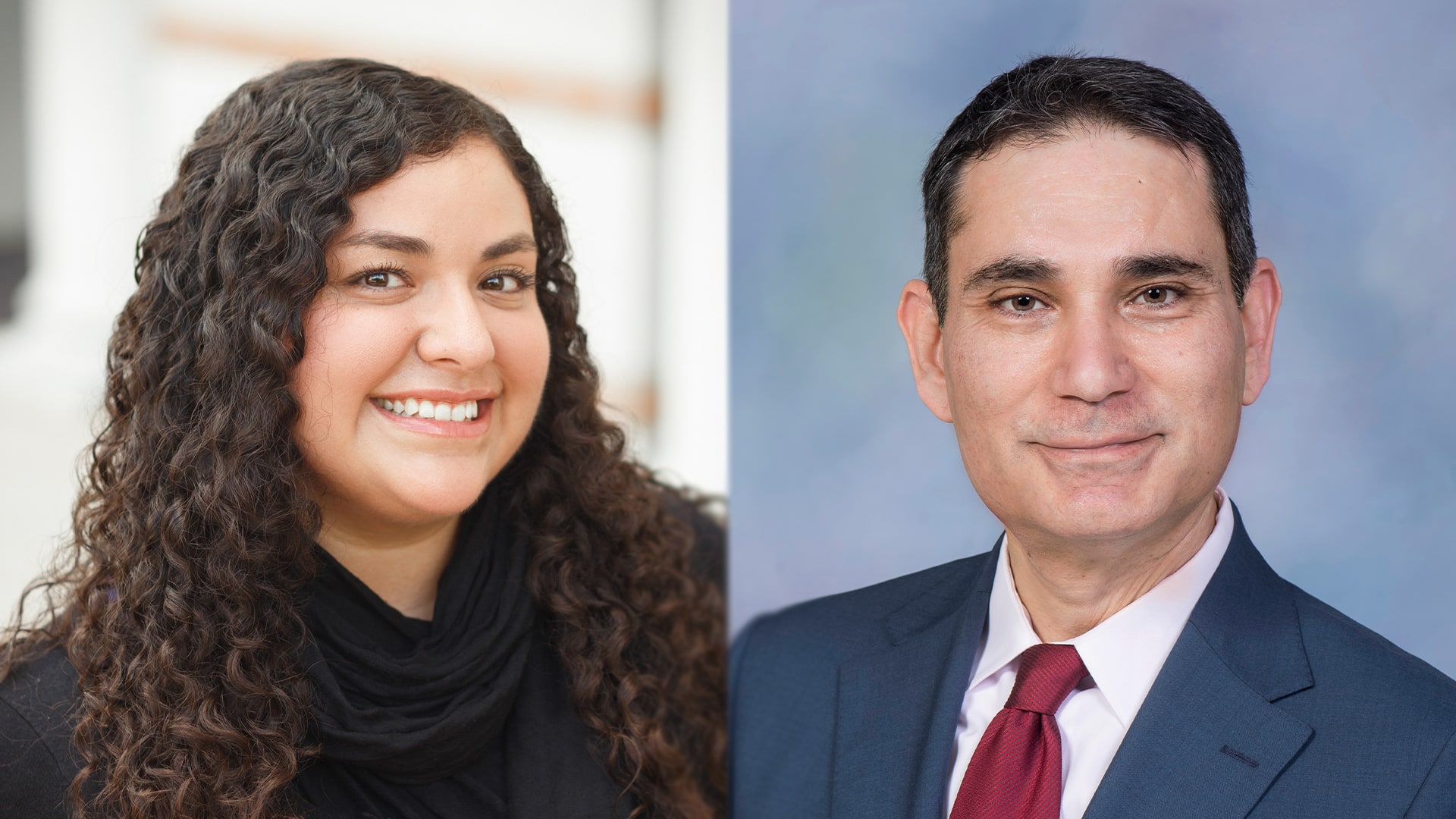If there’s one thing on which almost everyone in these polarized times can agree, it’s that the way the U.S. now allows immigrants with critical skills to enter the country is seriously flawed. Rigid, arbitrary annual caps and quotas create enormous bureaucratic backlogs and years-long delays, too often making it difficult or impossible for employers to hire enough people with critical skills.
These obstacles have created barriers for U.S. companies and led many to move certain kinds of jobs to more immigration-friendly countries like Canada and Australia, a trend that threatens to damage U.S. competitiveness in the years ahead.
“The United States’ current approach to skilled immigration is broken,” declares Stephen Yale-Loehr, a professor of immigration law at Cornell Law School who has co-written a study called Recruiting for the Future: A Realistic Road to a Points-Tested Visa Program in the United States. Mackenzie Eason, Yale-Loehr’s collaborator and co-author, is a postdoctoral associate in Cornell Law School’s Immigration Law and Policy Program.
In their 81-page paper, the authors spell out a detailed plan for a ten-year pilot program based on a points system, designed to select candidates according to their skills and credentials. The applicants with the highest scores would receive visas right away, as they do in other countries around the world where comparable points-based systems are already in place.
Adopting this approach in the U.S., the authors contend, would streamline the skilled-immigration process, make it faster and fairer for both employers and applicants, and raise the number of green cards issued annually by about 4 percent.
The timing seems right. President Trump has repeatedly said he would favor reforms that would help attract the best and brightest candidates to the U.S. from abroad. Moreover, public-opinion polls have shown that most Americans support the idea of encouraging more skilled immigration. Yet, so far, no one in the current White House or Congress has publicly floated any specific plan.
Yale-Loehr is more than qualified to educate policymakers looking to fill that gap, since he’s been studying skilled immigration — and how to improve it — for decades. The author or co-author of many books, he wrote one called Balancing Interests: Rethinking U.S. Selection of Skilled Immigrants that was published in 1996.
In that book, Yale-Loehr described a points-based system similar in many ways to the one he and Eason are proposing now but with one significant difference: His new plan has been informed by the shortcomings of other proposals, which have gone nowhere in Congress since the late 1970s.
“I’ve been around Washington, D.C., for the past thirty-five years, and I’ve seen why earlier ideas for skilled-immigration reforms were never enacted,” says Yale-Loehr. “Our proposal is expressly designed to avoid the same obstacles.”
Those hurdles have been threefold, he says. First, previous reforms were “wrapped up in big omnibus bills,” so that other, more controversial provisions sank the whole ship. By contrast, his and Eason’s current proposal “stands alone. It doesn’t cancel out or change any other aspect of current immigration policy.”
Then too, some other failed skilled-immigration reform plans over the years have included provisions that would have cut down on other pathways for immigrants (notably family-based, which now makes up about two-thirds of U.S. immigration). “Ours doesn’t take away from other immigration streams,” notes Eason. “It simply adds more skilled workers, and in a much more logical and efficient way.”
A third strength, the co-authors point out, is that they are proposing a pilot program, limited to 50,000 new green cards per year over a ten-year period. “This way, we have the option to try it out and collect data on how it’s working,” says Yale-Loehr. “If it‘s not a success, all Congress has to do is let it expire. So it’s relatively low-risk.”
A further advantage is that the system could lay the groundwork for further reforms along the same lines. “For instance, our program could easily be expanded to issue 100,000 new visas a year rather than 50,000,” Eason says. “It could also be extended to other categories of immigration, such as low-skilled — again without taking anything away from existing categories.”
For skeptics who believe that increasing skilled immigration hurts American-born workers’ prospects, Yale-Loehr and Eason cite plenty of research showing the contrary. “ighly skilled immigration has been found to have profound and positive ‘scaling effects’ on jobs and wages for U.S. workers,” they write. “According to a study by the National Foundation for American Policy, every H-1B worker hired by a U.S. firm creates 5 to 7.5 new jobs in that firm’s industry.”
Another report, from the National Bureau of Economic Research, showed that every 1 percent increase in the number of foreign STEM (science, technology, engineering, or math) workers leads to a 7- to 8-percent hike in native American employees’ wages.
“Especially with the economy in the shape it’s in right now, we think lawmakers will be intrigued,” says Yale-Loehr “There’s so much research-based evidence to suggest that increasing skilled immigration leads to more innovation and higher overall levels of economic growth.”
Starting in late July, Yale-Loehr and Eason will begin presenting their plan to Congressional staffers, think tanks, and other influential audiences in Washington and elsewhere, with the aim of gathering feedback and suggestions. The authors also plan conferences, op-ed articles in major newspapers, and other carefully targeted educational efforts, says Yale-Loehr, “to spread the word.”
Stephen Yale-Loehr is a Charles Koch Foundation grantee.










